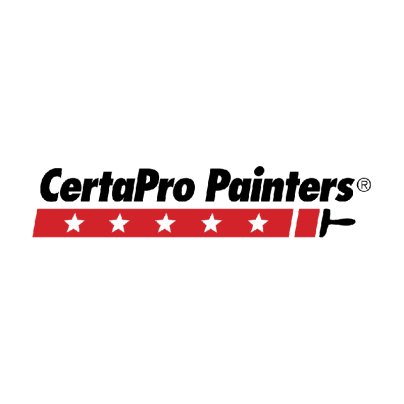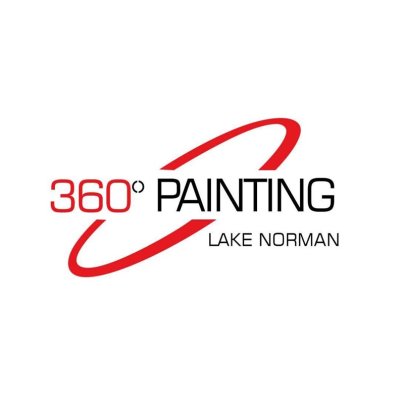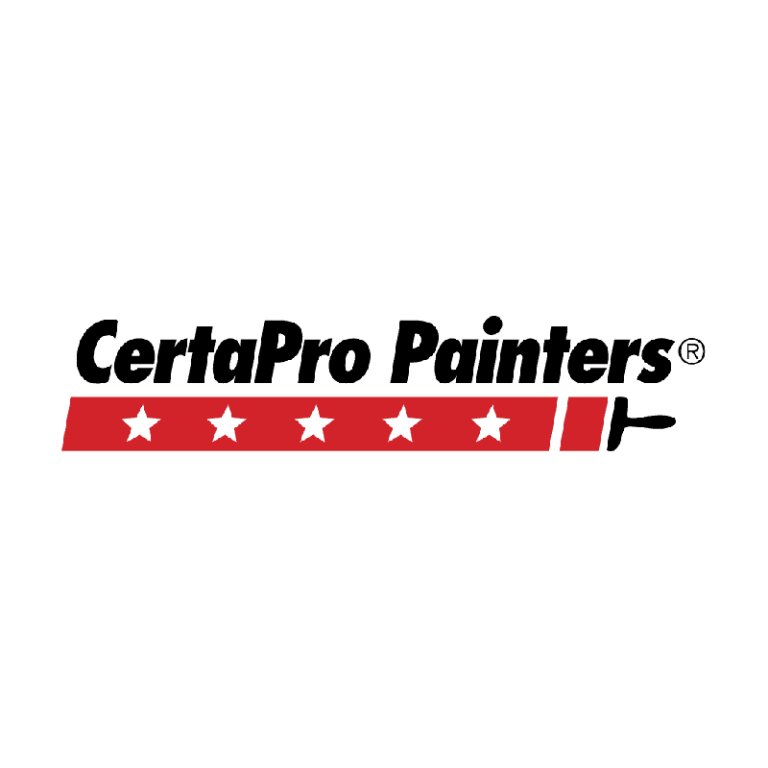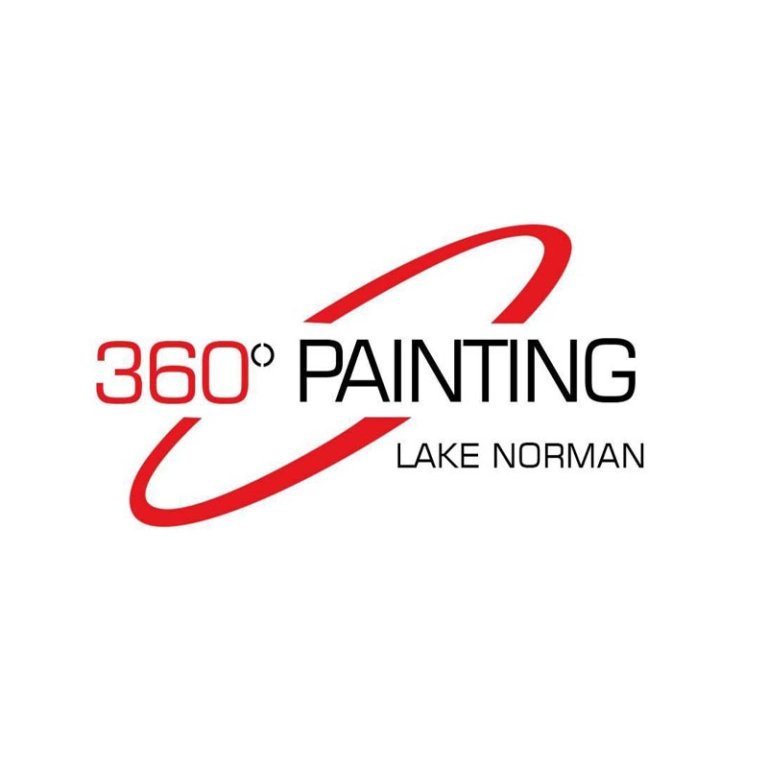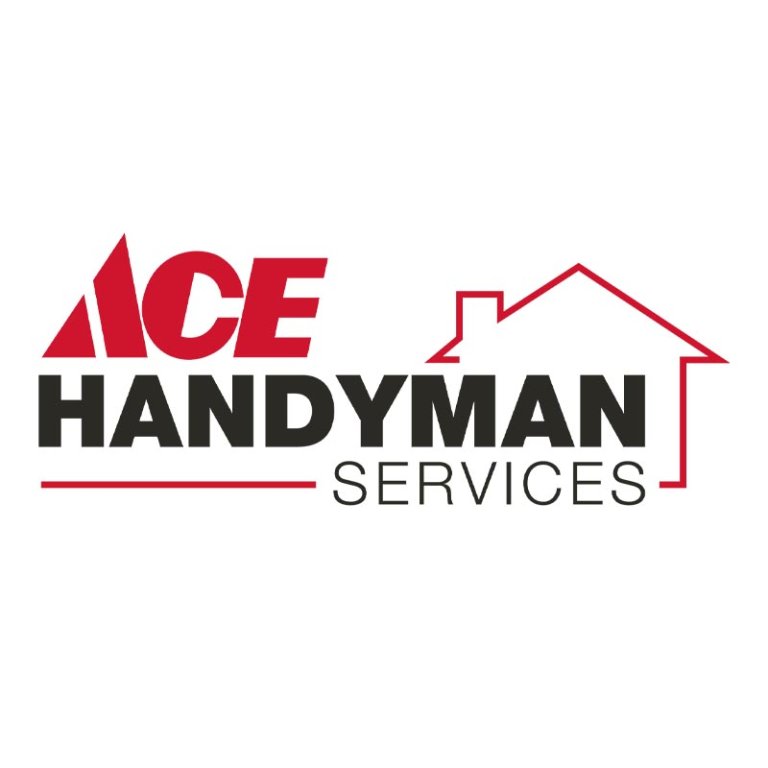
We may earn revenue from the products available on this page and participate in affiliate programs. Learn More ›
An instant way to transform any room in a house is by giving it a fresh coat of paint, whether to update an old color palette or prepare a home for sale. But that can be a lot of work: picking the right color and sheen, taping off walls, laying down tarps, coating the walls, and getting proper coverage (which may require navigating high-up or hard-to-reach areas). The best house painters for interiors can do it all, allowing homeowners to enjoy the results without lifting a finger. Some of the best house painting companies may also offer extra services, including color consultations or cabinet repainting
Online searches for “home painters in my area,” “how to find a painter in my area,” or “recommended house painters near me” can return countless results. But several large-scale painting franchises tout nationally backed reputations and quality guarantees to ensure the job gets done to satisfaction. Here, learn more about the best house painters and what to consider when hiring.
- BEST OVERALL: CertaPro Painters
- RUNNER-UP: 360° Painting
- ECO-FRIENDLY PICK: Five Star Painting
- BEST MULTI-PROJECT SERVICE: Ace Handyman Services

What to Consider When Choosing One of the Best House Painters
When deciding whether to hire a pro or DIY, homeowners will want to consider the scale and complexity of the painting task. To find a house painter, a customer will need to be ready to communicate their expectations. Here are some factors to consider when determining the best local painter to hire for the task.
Service Area and Scheduling
The best painting companies can provide service to customers across the country. The company’s website may be an easy resource to check whether a specific ZIP code is covered, but a quick phone call also can clear up any questions.
Many of the best interior painting companies offer scheduling of appointments via phone or email. Customers can ask how far appointments are being booked out in advance to plan for their project or compare with other companies.
Estimates and Pricing
Prices for getting a room professionally painted can have a wide range. The total cost depends on the square footage, the complexity of the task, and customer preferences. Customers likely will want to receive an in-person quote before proceeding with the project, and the best painting companies should be able to provide a written cost estimate. Also, the painters should be able to estimate the proper amount of paint needed, so the customer doesn’t have to pay for more than required.
Some painting companies may charge per job or per hour. For example, some companies may use a base rate per square foot, and some companies may charge utilizing a formula to estimate costs, such as charging four to six times the price of the paint. Other painters may base their quote on the estimated time it’ll take to complete the job and then add in the cost of the materials needed.
Technician Insurance
Painters who are insured and licensed offer customers—and themselves—extra protection in case an accident occurs on-site. Since painters may have to use tall ladders to reach high ceilings, accidents can happen. General liability insurance can help keep all parties protected.
Additional Services
Many of the best interior house painters offer more than just painting the home’s walls. Customers may want to inquire about any extra services if they need additional home improvement projects completed. For example, many painting companies may be able to assist in cabinet painting, and many of the best interior house painters often are the best exterior house painters as well. Some of these companies may also offer general handyman services to complete multiple home tasks, allowing customers the convenience of booking everything at one time with one total job cost estimate.
Guarantee
The best interior painting companies will stand by their work with labor guarantees. Generally, the average length of a painting warranty is 2 years. That means if the homeowner notices any overlooked or missed areas or peeling, flaking, or excessive paint fading within 2 years of the job’s completion, they can contact the painting company to schedule a touch-up at little or no cost, depending on the agreement. Painting companies will have different guarantee terms, so customers will want to review those terms carefully.
Customer Support
Another important consideration when homeowners are vetting companies is the availability and responsiveness of their customer support teams. This can be important when scheduling appointments, gathering price estimates and quotes, and getting any questions answered promptly.
Many of the best interior home painting companies have a customer support team that customers can access via phone or email. The companies should be responsive to any questions, such as inquiries to collect more service details or scheduling consultations.
Our Top Picks
We curated a list of the best interior home painting companies by evaluating the expanse of their service areas, reputations, guarantees, customer support availability, and any additional home services. Here are the top choices.
Best Overall
CertaPro Painters
Pros
- Detailed project plan created for every job
- Daily progress updates provided in person or via text message, phone call, or email
- Transparent online pricing guide
Cons
- Some locations may not offer color consultations
- Service area: 45 states; Washington, D.C.; and Canada
- Additional services: Exterior house painting and cabinet painting
- Guarantee: 2-year warranty
- Customer support: Phone, email
Why It Made the Cut: CertaPro Painters offers solid customer service with detailed reports about the job’s scope and daily progress updates. CertaPro Painters stays up front with customers on tasks and offers a wide service area with locations across the country. The company prepares a detailed project plan before its technicians start any job, and this information is shared with the customer and all technicians working on the job to help ensure efficiency and a high-quality outcome. Many CertaPro Painters locations offer color consultations for customers who need extra guidance in selecting colors, but customers will want to confirm the availability of this service with their local branch. Every day, the painters provide the customer with progress updates—either in-person or via text message, phone, or email—so the customer knows exactly what’s going on each day and which rooms they may need to stay out of while work is completed. CertaPro Painters offers an online pricing guide, which gives customers an idea of pricing before inquiring about a formal estimate.
CertaPro Painters is a 2025 recipient of BobVila.com’s Home Improvement Hero designation.
 Home Improvement Heroes recognizes the best companies homeowners could call for a problem, project, or service. Our editorial team used a rigorous process to evaluate based on availability, skills, range of services, cost, customer reviews, guarantees, refund policy, customer support, and more. We then independently reviewed each company and hired some for our projects for consideration. See the full list of honorees.
Home Improvement Heroes recognizes the best companies homeowners could call for a problem, project, or service. Our editorial team used a rigorous process to evaluate based on availability, skills, range of services, cost, customer reviews, guarantees, refund policy, customer support, and more. We then independently reviewed each company and hired some for our projects for consideration. See the full list of honorees.
Runner-Up
360° Painting
Pros
- Proprietary 20-step, 360-degree painting process
- Free minor carpentry repairs
Cons
- Relatively limited online photo gallery
- Service area: 38 states and Washington, D.C.
- Additional services: Exterior house painting and cabinet painting
- Guarantee: 2-year warranty
- Customer support: Phone, email
Why It Made the Cut: 360 Painting touts a multistep, 360-degree painting process for flawless results every time. Painters with 360° Painting follow a meticulous 20-step painting process that includes preparation, smoothing rough areas, priming, protecting floors and furniture, thorough cleanup, and more. The last step includes a final walk-through for customers to verify that the job was completed to their satisfaction. 360° Painting offers a wide service area across 38 states and Washington, D.C. It offers additional services, such as exterior house and cabinet painting. Regular painting service includes free minor carpentry repairs as well, but there may be additional charges for any services beyond minor repairs. 360° Painting offers a relatively limited online photo gallery to view samples of its work, and customers may want to ask for more examples or references. The company’s customer support team is available via phone and email so customers can get any questions answered promptly.
Eco-Friendly Pick
Five Star Painting
Pros
- Environmentally friendly low-VOC and VOC-free paint options offered
- Quote price honored
- No surprise fees or additional costs
Cons
- Branch-specific painting services may differ from representations seen online
- Service area: 37 states; Washington, D.C.; and Canada
- Additional services: Exterior house painting and cabinet painting
- Guarantee: 2-year warranty
- Customer support: Phone, email
Why It Made the Cut: Five Star Painting offers more environmentally friendly low-VOC and VOC-free paint options for all of its projects. Five Star Painting avoids using paints with volatile organic compounds (VOCs), which are toxic chemicals emitted from drying paint. The company says that by using low-VOC or VOC-free paints in a home, fewer paint fumes will be left behind, which may be especially beneficial if customers plan to stay in the house while the painting is being completed. The company has many branches throughout the U.S., but its online photo gallery reflects standard samples that don’t vary by branch. Customers may wish to contact the local branch to view specific samples from the technicians who might be working inside their homes. Five Star Painting also touts the quality of its workmanship and honors its price quotes, even when a job goes beyond the expected time frame. Customers also have the assurance of no surprise fees or additional costs. The company provides additional services beyond just interior painting, including exterior house and cabinet painting.
Best Multi-Project Service
Ace Handyman Services
Pros
- Full range of general handyman services available
- Background checks performed for all technicians
- Technicians send “on my way” text updates
Cons
- Warranty information not readily available on website
- Location search function is somewhat unreliable
- Service area: 41 states
- Additional services: General handyman services
- Guarantee: Varies by project
- Customer support: Phone
Why It Made the Cut: Ace Handyman Services offers assistance beyond just painting that allow customers to combine several home improvement jobs into one visit. Ace Handyman Services offers a full range of general handyman services, which can be helpful to customers who want to complete additional updates or repairs at the same time they’re getting their home painted. Additional services include home repair, assembly, and installation. Ace Handyman Services completes background checks on all of its technicians to help put its customers at ease when contractors enter their home. Also, technicians send “on my way” text updates so customers won’t have to wait around wondering when they are going to arrive. Warranty information is not readily available on the company’s website, so customers will want to inquire about the terms. Also, the website’s location search functionality may not be fully representative of all the areas it covers. Customers can contact the customer support team by phone to find out if their area is serviced by Ace Handyman Services as well as learn more about the scope of the home services the company offers for painting and more.
Our Verdict
We recommend CertaPro Painters for its standout customer service (which includes detailed project plans before technicians start any job), transparent pricing policies, and daily customer updates to track progress once a job is started. We also like Five Star Painting for its environmentally friendly options and the extra efforts to limit paint fumes inside a home. The company also offers the assurance of no hidden fees or additional costs after providing initial price quotes.
How We Chose the Best House Painters
We prioritized companies with widespread service areas across the country and up-front pricing policies. Companies with transparent insurance and licensing information were favored, and we also looked for companies that have built strong reputations in customer service and stand behind the value of their work through labor guarantees.
Further, while all of the best painting companies in this guide offer interior and exterior painting services, we focused on the services provided for interiors when we were judging the offerings.
Before You Hire One of the Best House Painters
Painting is often thought to be an easy DIY task that can offer dramatic results in overhauling the look of a room. Some homeowners may wish to paint their homes themselves to try to save on costs. For smaller jobs, in particular, homeowners may find it more affordable than hiring a house painter. But homeowners may want to remember that painting is never as simple a task as it initially seems. Does the homeowner have the time to devote to this task? Do they have the ability? Do they have the proper equipment and know the right techniques to ensure adequate coverage?
Professional painters are readily available—just try an online search of the “best house painters near me.” Homeowners may want to turn to one of the best interior painters in this guide when spaces are especially large or complex and have tall ceilings. Painters have the special equipment required to handle these tasks and can often complete jobs faster with a team than individual homeowners painting independently.
Cost of Hiring One of the Best House Painters
On average, it costs between $2 and $6 per square foot for a professional paint job. A room measuring 10 by 12 feet can cost between $200 and $800 to paint. As much as 75 percent to 85 percent of this total cost goes toward labor.
The costs involved in hiring a professional painter may be a critical factor in judging whether to hire out or DIY the project. Contractors with the best interior painting companies should be able to provide a written estimate before any work is started. This allows homeowners to gather price quotes from several companies and review them carefully to make an informed choice.
Written estimates from contractors should be itemized. The breakdown should include the costs of labor, materials, the number of coats of primer and paint to be used, and a detailed description of the surface preparation to be completed. Surface preparation is just as important as applying the actual paint to ensure the paint adheres to the walls.
The Advantages of Using One of the Best House Painters
Professional painting services may be more costly than DIY-ing, but the extra expense is often worth it. The best interior painting companies can offer several advantages in freeing customers from taking on this time-intensive task. Here are some benefits of using one of the best house painters:
- Professional painters often work in teams to complete jobs faster.
- Painters provide professional results, ensuring that the surface area is prepped correctly (such as filling any holes or cracks, applying primer, washing dirty walls, and more) and using the proper techniques to get the best results. Lines and edges will often look crisper and cleaner when painted by a pro.
- Painting companies have the equipment to ensure safety when painting high areas and take extra precautions to protect unpainted areas and surrounding furniture and flooring from spills.
FAQs
With so many choices available to homeowners, hiring a pro can seem overwhelming. The following are answers to commonly asked questions about working with a professional painting service.
Q. How is a paint job quoted?
Price estimates may be per room or for the entire project. The estimates will factor in the size of the area to be painted, the job’s complexity, the quality of materials desired, and any extra prep work required, such as caulking or patching holes.
Q. What should a quote for painting include?
Ensure the quote is itemized and includes the estimated time to complete the job. A breakdown will allow you to review all costs for the prep work, supplies, and labor. You’ll want to get everything in writing. If a price feels too high, you can ask if it’s negotiable.
Q. What does a painter charge per day?
The costs for professional painting can vary greatly. A general estimate is $20 to $50 per hour or $2 to $6 per square foot.
Q. What questions should I ask when hiring a painter?
It’s a good idea to interview several painters to find the best one for the job. You can ask about their credentials, estimate process, materials, prep work, guarantees, and previous work samples.
Q. How many quotes should I get for a house painting job?
It’s a good idea to get at least three quotes. Ensure each estimate is in writing and adequately describes the costs, paint or supplies needed, and guarantee details. This will allow you to compare services and offerings more easily among any companies you’re considering.
Q. What should I expect from a professional painter?
A painting company saves you time in transforming the look of a space and offers expertise to get professional results. Painters will bring in all their own equipment, prepare the area, apply all the paint, and clean up once they’ve finished.
